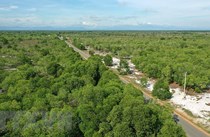
With its abundance of tropical forest resources, Vietnam is aiming to become one of the world's leading centres for the production, processing and trade of forest products.
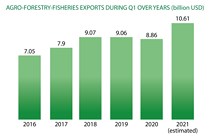
Vietnam exported 10.61 billion USD worth of agricultural, forestry and fishery products in the first quarter of 2021, up 19.7 percent compared to the same period last year.
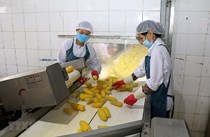
Vietnam exported 10.61 billion USD worth of agricultural, forestry and fishery products in the first quarter of 2021, up 19.7 percent compared to the same period last year.
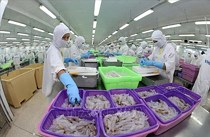
Vietnam’s gross domestic product (GDP) in the first quarter of 2021 is estimated to rise 4.48 percent, higher than 3.68 percent recorded in the same period last year, the General Statistics Office (GSO) General Director Nguyen Thi Huong reported at a press conference on March 29.
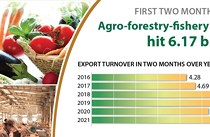
Vietnam's agro-forestry-fishery exports hit 6.17 bln USD in the first two months of this year.

Prime Minister Nguyen Xuan Phuc has lauded Tuyen Quang’s achievements in recording highest forest coverage ratio among localities nationwide at 65 percent, suggesting the province to consider forestry as a major economic development orientation to escape from poverty.
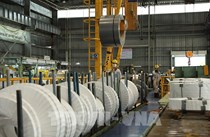
Though COVID-19 has sent the global economy into one of its worst recessions ever, Vietnam posted GDP growth of 2.91 percent in 2020 thanks to its solid control of outbreaks and timely support to both enterprises and local people.
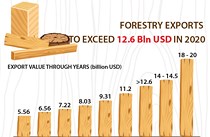
Forestry exports is estimated to exceed 12.6 billion USD in 2020, according to the Ministry of Agriculture and Rural Development.
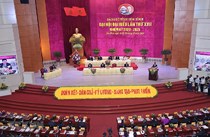
National Assembly Chairwoman Nguyen Thi Kim Ngan has asked the northern province of Hoa Binh to build a long-term development vision to promote its advantage as a bridge between the northern midland and mountainous area and the Red River Delta.
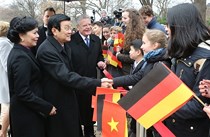
In 2011, leaders of Vietnam and Germany signed the Hanoi Joint Declaration, upgrading bilateral relations to a strategic partnership, creating a new impetus to promote cooperation between the two countries.
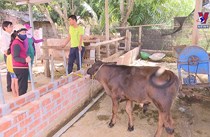
A mountainous district in the central highlands’ Gia Lai province, the Kbang revolutionary land covers more than 184,000 hectares with 13 communes and one town. The Bahnar ethnic minority group accounts for nearly 40 percent of the 20 ethnic groups living in the area.

Since the Democratic Republic of Vietnam was established on September 2, 1945, the country has risen from a zero-budget nation, which had to call for contributions from citizens, to a middle-income country with a dynamic economy.
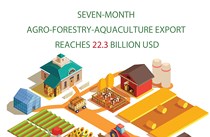
The export turnover of agriculture, forestry and aquaculture in the first seven months of 2020 was estimated at 22.3 billion USD, a decrease of 2.8 percent year-on-year.
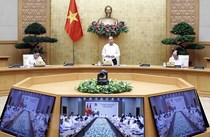
Prime Minister Nguyen Xuan Phuc suggested the northern midland province of Phu Tho develop digital, night-time and urban economies during a teleconference with its leaders on July 28.

The agriculture ministry has devised measures to turn Vietnam into one of the world’s most 15 developed countries in terms of agriculture by 2030, and among the top 10 farm produce processing hubs.